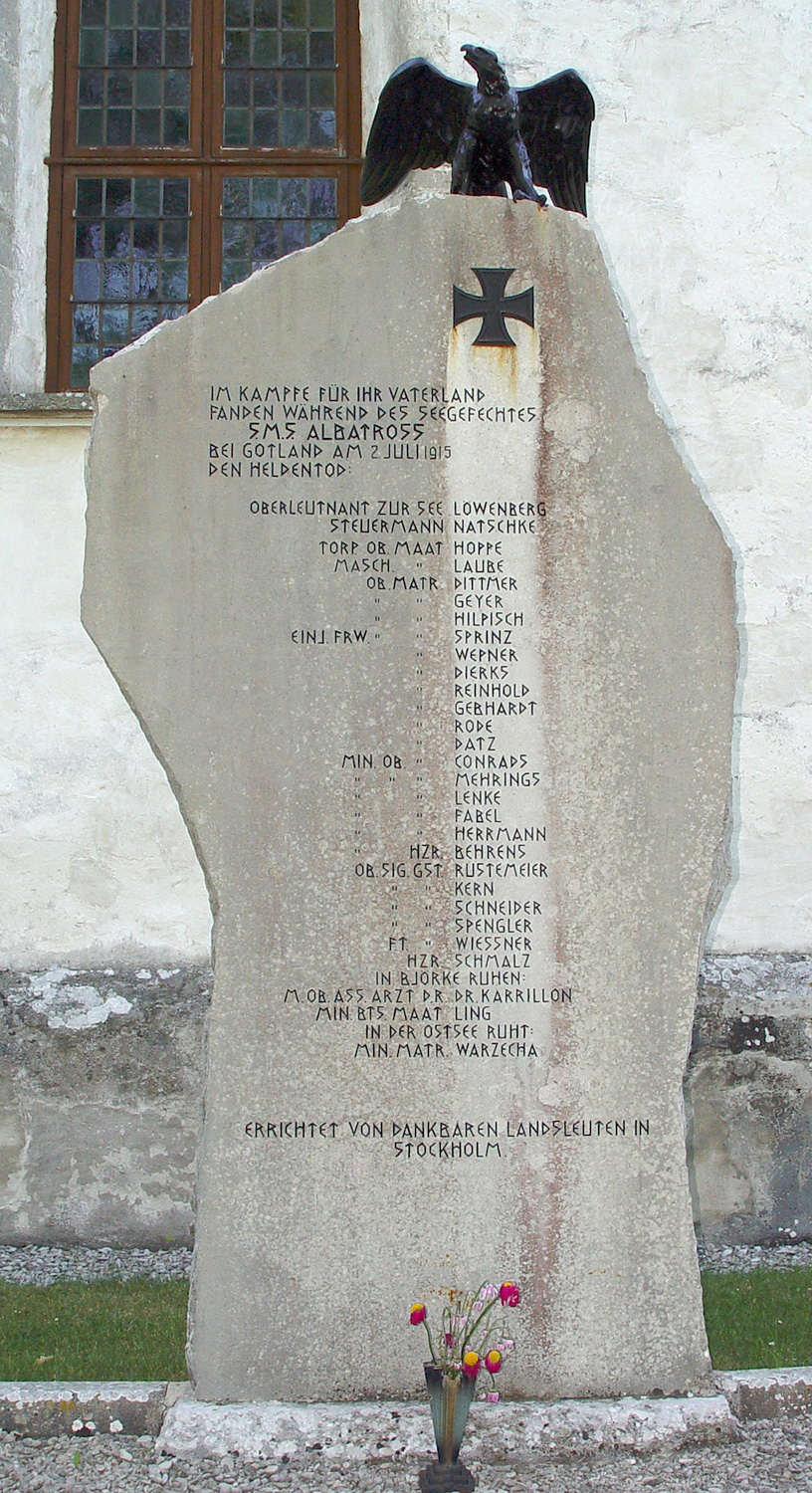Battle of Åland Islands on:
[Wikipedia]
[Google]
[Amazon]
The Battle of Åland Islands, or the Battle of Gotland, which occurred in July 1915, was a naval battle of
 On ,Russia was still using the
On ,Russia was still using the
The History of the Russian Navy: The Great WarRussian Navy on the eve of and during World War I and the Civil War
{{DEFAULTSORT:Aland Islands, Battle of Action of 19 June 1915 Action of 19 June 1915 Naval battles of World War I involving Russia Naval battles of World War I involving Germany Naval battles of World War I involving the United Kingdom Gotland July 1915 events
World War I
World War I (28 July 1914 11 November 1918), often abbreviated as WWI, was one of the deadliest global conflicts in history. Belligerents included much of Europe, the Russian Empire, the United States, and the Ottoman Empire, with fightin ...
between the German Empire and the Russian Empire
The Russian Empire was an empire and the final period of the Russian monarchy from 1721 to 1917, ruling across large parts of Eurasia. It succeeded the Tsardom of Russia following the Treaty of Nystad, which ended the Great Northern War. ...
, assisted by a submarine of the British
British may refer to:
Peoples, culture, and language
* British people, nationals or natives of the United Kingdom, British Overseas Territories, and Crown Dependencies.
** Britishness, the British identity and common culture
* British English, ...
Baltic Flotilla. It took place in the Baltic Sea
The Baltic Sea is an arm of the Atlantic Ocean that is enclosed by Denmark, Estonia, Finland, Germany, Latvia, Lithuania, Poland, Russia, Sweden and the North and Central European Plain.
The sea stretches from 53°N to 66°N latitude and ...
off the shores of Gotland, Sweden, a country neutral in World War I.
The battle
 On ,Russia was still using the
On ,Russia was still using the Julian calendar
The Julian calendar, proposed by Roman consul Julius Caesar in 46 BC, was a reform of the Roman calendar. It took effect on , by edict. It was designed with the aid of Greek mathematicians and astronomers such as Sosigenes of Alexandr ...
in 1915 a squadron consisting of the armoured cruisers , , , , and , under Rear Admiral Mikhail Bakhirev in ''Oleg'' left their harbours in order to bombard Klaipeda (Memel). While sailing through thick fog ''Rurik'' and ''Novik'' separated from the main group and later acted independently.
On the same day the German mine-laying cruiser , screened by the armoured cruiser , the light cruiser
A light cruiser is a type of small or medium-sized warship. The term is a shortening of the phrase "light armored cruiser", describing a small ship that carried armor in the same way as an armored cruiser: a protective belt and deck. Prior to th ...
s and , and seven destroyers, under Kommodore
(pronounced ''kom-o-'dor-eh'') was the highest senior officer rank () in the German ''Kriegsmarine'', comparable to commodore in anglophone naval forces. There was no counterpart in the German '' Heer'' and'' Luftwaffe'', but ''Kommodore'' wou ...
Johannes von Karpf, was laying mines off the Åland Islands. After completing his mission, Karpf reported back through the radio. Karpf's message was intercepted and decoded. When Bakhirev became aware of the German squadron's whereabouts, the bombardment of Klaipeda was canceled. The squadron then focused on intercepting the German minelayers with the constant assistance of the naval staff.
In the early morning of , the Russian squadron spotted and immediately opened fire on ''Augsburg'', ''Albatross'' and three torpedo boat
A torpedo boat is a relatively small and fast naval ship designed to carry torpedoes into battle. The first designs were steam-powered craft dedicated to ramming enemy ships with explosive spar torpedoes. Later evolutions launched variants of ...
s. Karpf commanded ''Roon'' and ''Lübeck'', which at the time were heading towards Liepāja (Libau), to return to Gotland. At the same time he ordered ''Albatross'' to find shelter in Swedish territorial waters. ''Bogatyr'' and ''Oleg'' managed to catch up with ''Albatross'' and opened fire. The flaming ''Albatross'' ran aground near Östergarn
Östergarn () is a populated area, a ''socken'' (not to be confused with parish), on the Swedish island of Gotland. It comprises the same area as the administrative Östergarn District, established on 1January 2016.
Geography
Östergarn is sit ...
. ''Bayan'', ''Oleg'' and ''Rurik'' then attempted to return to their base. A couple of hours later they encountered ''Roon'' and ''Lübeck''. A short artillery duel followed. A shortage of shells forced the Russian cruisers to retreat. Fearing a possible arrival of enemy reinforcements the damaged German ships also retreated.
As the German armoured cruisers and sailed to reinforce the German squadron, ''Prinz Adalbert'' was torpedoed by the British submarine and limped to shore.
Legacy
The battle is regarded as the first instance of Russian signals intelligence.Notes
References
External links
The History of the Russian Navy: The Great War
{{DEFAULTSORT:Aland Islands, Battle of Action of 19 June 1915 Action of 19 June 1915 Naval battles of World War I involving Russia Naval battles of World War I involving Germany Naval battles of World War I involving the United Kingdom Gotland July 1915 events